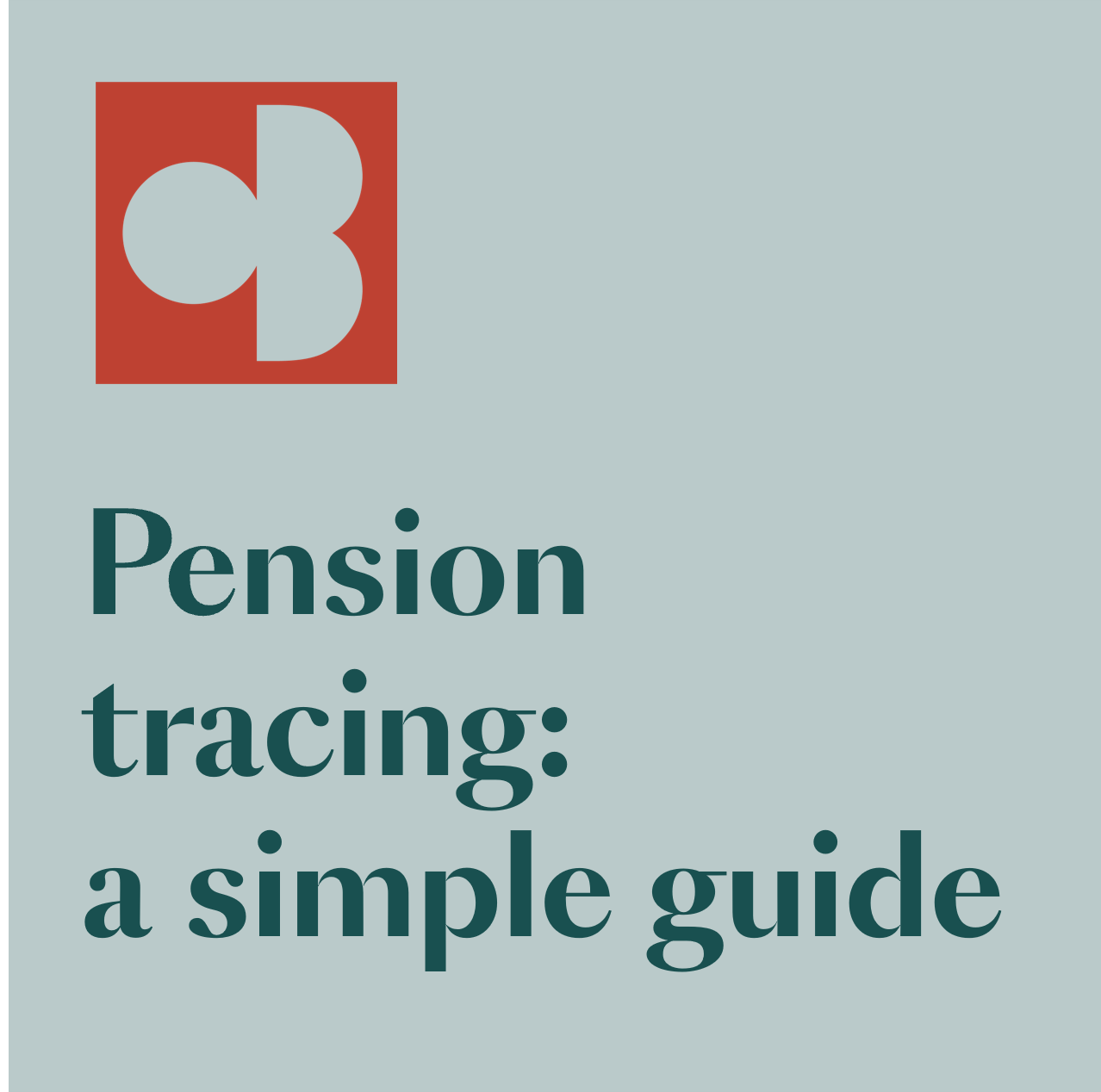

News & Insights | 30th October 2025
Employee Benefits
5 Min Read
Losing track of a pension is something that happens more than you might think. Keeping tabs on any workplace or personal pensions you have may not be the most exciting administrative task in the world, but it is an important one.
The scale of the problem
National Pension Tracing Day may not be the most exciting event in this week’s calendar, but the issue it sheds light on is an important one and perhaps as scary as anything Halloween may throw at you.
Recent research shows, perhaps shockingly, that there are about 3.3 million ‘lost’ pension pots sitting inactive, unclaimed and unloved in the UK (¹). These have an estimated value of £31.1 billion and an average worth of roughly £9,400 per lost pot. What’s more, since 2018, the number of those pots has jumped dramatically by 75%. Be they forgotten workplace schemes or dormant personal ones, reuniting people with this money could make a positive and meaningful difference to the outcome of a lot of retirements.
Why do pensions get lost?
Losing track of a pension is perhaps easier than you’d think. The days of a job-for-life are long behind us and today’s frequent job changes means there is a heightened risk that people simply forget to keep records of old schemes. Over time, contact details (email and postal addresses) change and pension providers find it hard to trace former members. Conversely, providers are the subject of mergers, takeovers and rebrands or move their communications entirely online, and members miss notifications about these changes. Another issue is that small pots are sometimes felt to be “too small to bother with”, but the owner then misses out on the potential value that aggregates across a lifetime.
For many people this kind of personal ‘admin’ task is too complicated or simply something they don’t get round to sorting out.
So what can you do?
To make sure you’re not one of those who may miss out in retirement, help is at hand. Pension tracing is the simple (and often free) process of locating those lost pensions so they can be checked, combined if appropriate, or left where they are if they will provide the most suitable and valuable benefits for the future.
Below is a guide that we hope you will find helpful.

If you know or suspect that you have a pension that you’ve lost track of, try following these steps.
How to find a missing pension
There are several official organisations and free tools available to help. A good starting point is often with pension providers.
The practical steps to take
Let people know
Finally, make sure you update your HR team and any pension providers with changes to your home or email addresses.